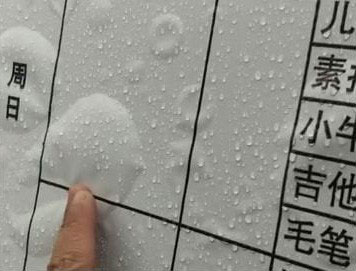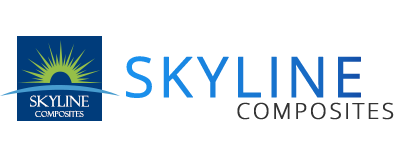Before choosing a correct PS foam board, We shall firstly understand why the PS foam board itself would blister:
1) The ripening period is too short
The ripening period of PS foam board core is too short, and more foaming gas will be left. With the gradual increase of temperature in summer, the gas in the board core will become active and easier to release outward, which is the key to the blistering of KT board.
2) Inferior face liners
Some manufacturers choose fake outer liners or inferior outer liners in order to reduce the cost of raw materials. The high-quality double-layer composite liners can resist the corrosion of the back glue and avoid the blistering problem caused by the gas leakage in the board core.
3) Save time and cost
In order to pursue production capacity, some manufacturers will adjust and accelerate the speed of the PS foam board lamination production. Because the heating lamination time is too short, the face liners and the board core show “false adhesion,” The position without adhesion will be propped up by the board core gas, thus forming bubbles.

4) Face liners overstretched
To save materials, most manufacturers will over-stretch the face liners during production. When the adhesive vinyl film is mounted on the KT board, it will erode the surface and produce gas, resulting in blistering.
There are many types of PS foam boards on the market. In summer, choosing PS foam boards covered with high-quality composite liner films is recommended. The face liners on the surface can isolate the corrosion of the back glue on the board core and eliminate the blistering problem after mounting.
Of course, there is also the mounting processing method of end customers, which is also a source of problems. It needs a comprehensive analysis to find out the specific reasons.
PS foam boards are cost-effective and ideal for a wide variety of short-term interior graphic arts applications, including point-of-purchase displays, exhibitions, temporary signs, models, presentation boards, photo mounting, and picture framing.
